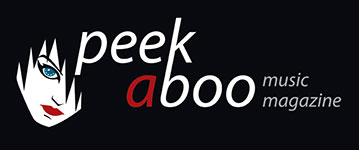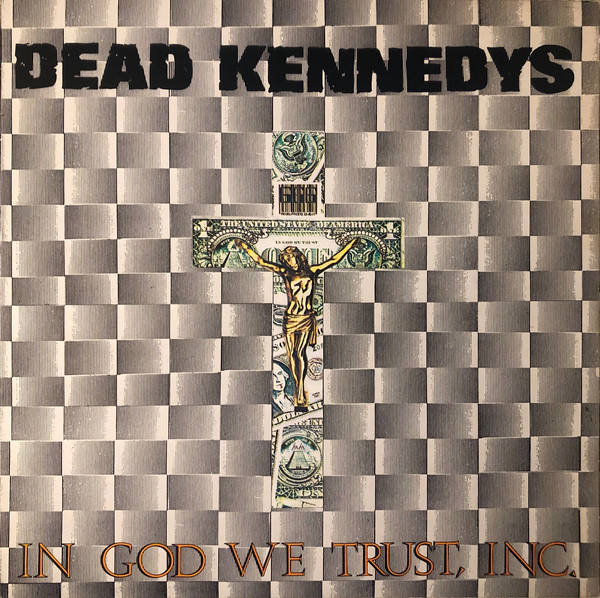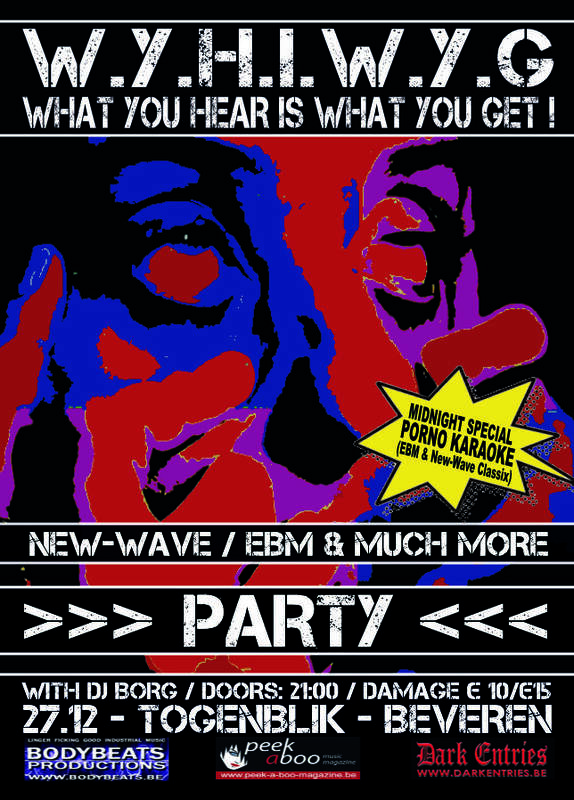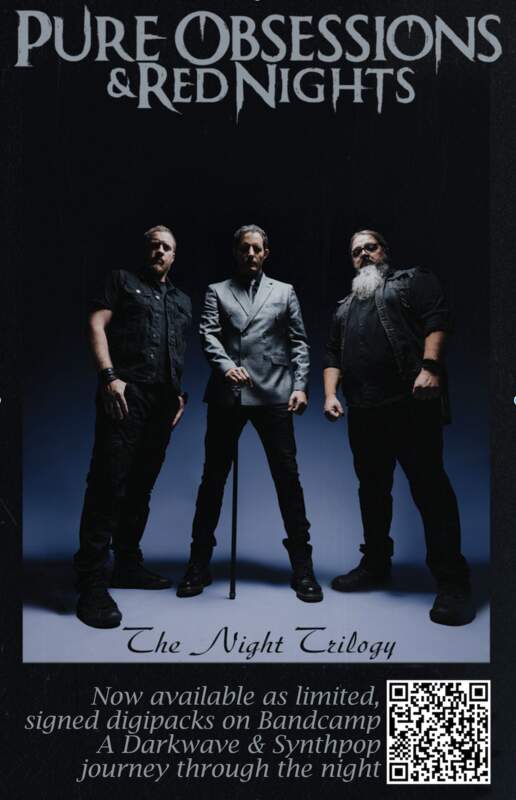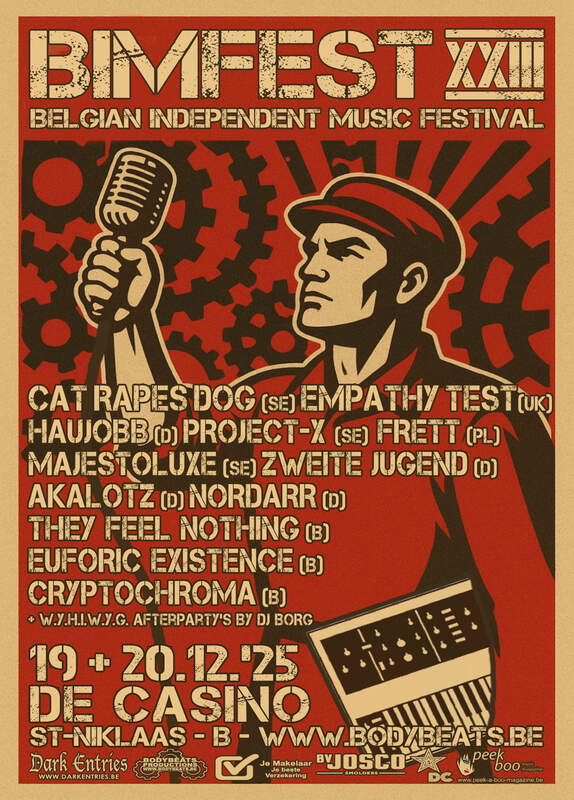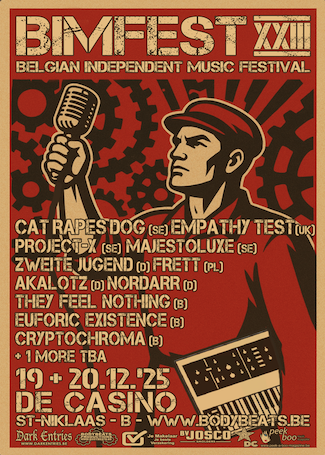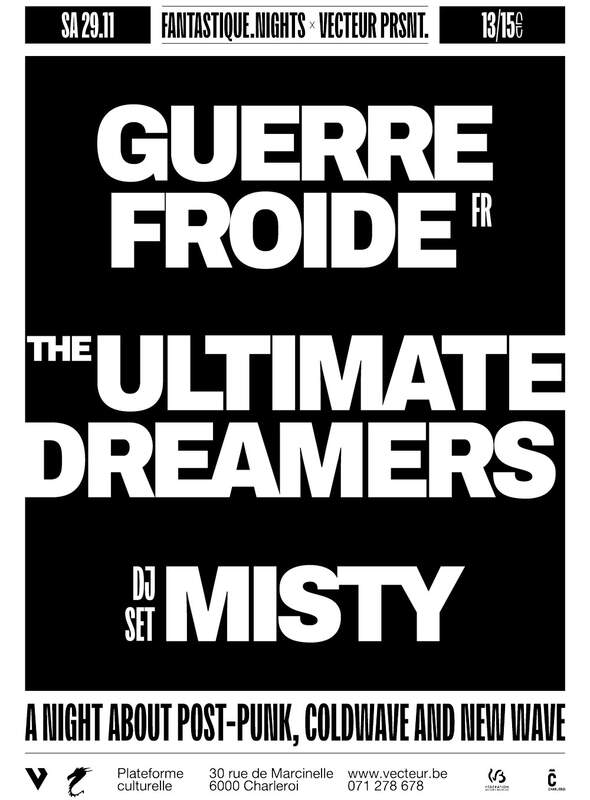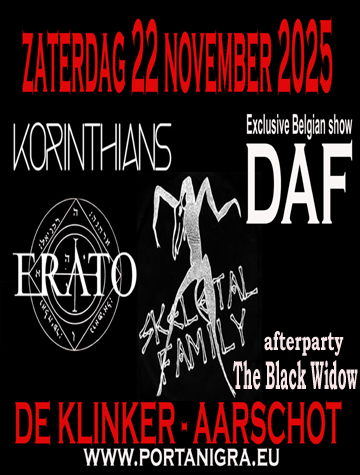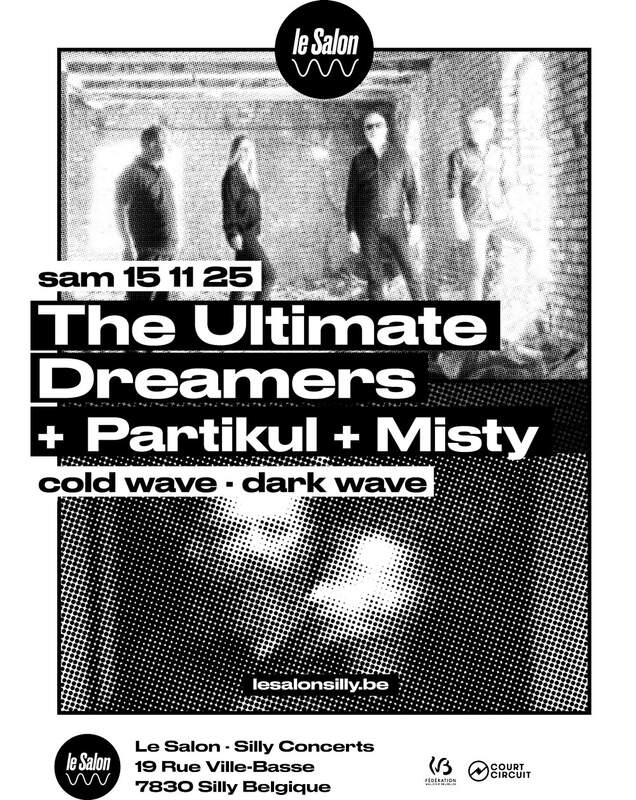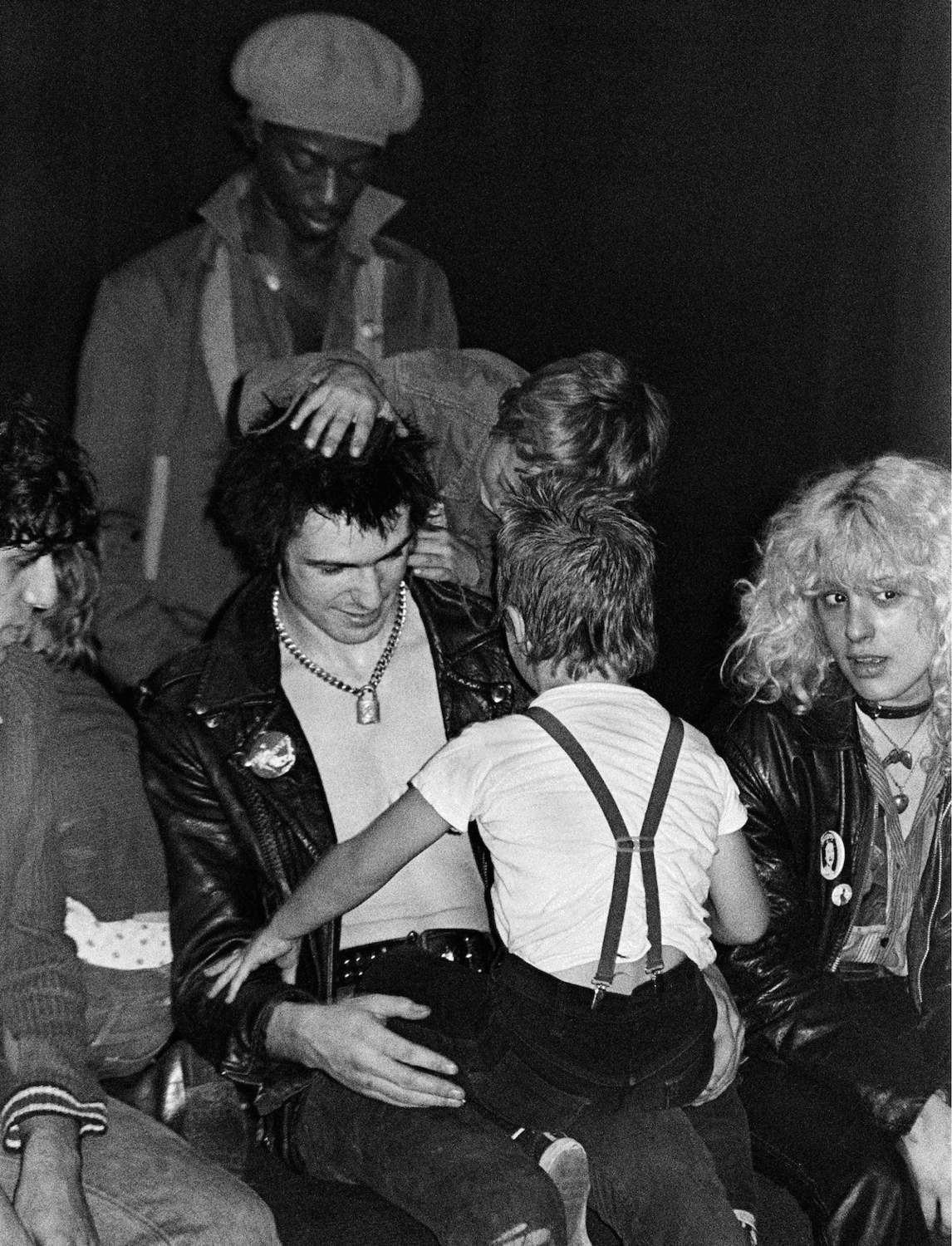
SID VICIOUS, A Christmas Story | 48 Years Ago The Pistols Deliver Christmas!
John Simon Ritchie, a name which will mean very little to people, bring little thought or judgement, however, his stage name or rather nickname does in Sid Vicious.
Immediately there is a violent thought, there are the thoughts of suicide, murder and perhaps a one of pity.
Some of these thoughts, especially the one of him committing a murder may not be fully true, but there is the violence, yes, there was a violent persona especially in his image, his self harm on stage and if you believe Nick Kent the way Sid could swing a bicycle chain.
But that is one view if you see the footage of the Sex Pistols playing a gig in Huddersfield, West Yorkshire, England on Christmas Day 1977 you get a totally different view.
In that year over 30,000 firefighters went on strike across England over unfair pay claims and conditions of work, although they were still answering emergency calls, the army was called in to handle everything else.
That Christmas the children of the firefighters were suffering as a result and so we have the most unlikely of events triggering and one which was going against the grain of the populist idea created by the press of the day.
The Sex Pistols played for the children of the striking firemen on that Christmas Day, now you start to come away with a very different image and idea.
Whereas the survivor footage shows, Sid Vicious dancing and laughing with children and having food fights, all good fun and all natural for a young twenty-year old man.
Seems very implausible that the anti-establishment, anarchists of rage the Sex Pistols could play the part of Santa Claus ,but they did.
What is more significant was, this occasion was the last time The Sex Pistols played in the UK with Sid Vicious, within three-weeks the band had imploded on the first leg of their tour of the United States.
Stories of good nature are not usually associated with Sid Vicious or the Sex Pistols, if there are such stories similar to this they have been buried underneath by the tabloid jewels of hate, but very soon you realise that they were victims of their own image, where the part they were playing took over the person they were and this is very true for young John Simon Ritchie.
Photo © Ray Stevenson

On this day, 9 years ago, Nine Inch Nails released 'Not the Actual Events'.
On this day, 9 years ago, Nine Inch Nails released Not the Actual Events (December 23rd, 2016), an EP released on Trent Reznor's own label The Null Corporation. On this EP Trent worked together with long-time collaborator Atticus Ross, his wife Mariqueen Maandig (How to Destroy Angels), Dave Navarro (Jane's Addiction / Red Hot Chili Peppers) and Dave Grohl (Nirvana / Foo Fighters).
Not the Actual Events is meant to be the first part of a EP trilogy. In July 2017 the second part Add Violence was released while the announcement for release from the third and final EP can be expected any day now.
The overall sound on this EP reminds to the 1990's sound of Nine Inch Nails’s, electronics, distorted bass, noisy guitars and of course one of Trent's most recognizable trademarks... The nostalgic piano tunes.
Reznor himself described the record as “an unfriendly, fairly impenetrable record that we needed to make.”
Tracklist
1. Branches/Bones
2. Dear World
3. She's Gone Away
4.The Idea of You
5. Burning Bright (Field on Fire)
All tracks written by Trent Reznor and Atticus Ross.
www.nin.com

On this very day, 46 ago, The Cure released their very first 7' single 'Killing An Arab'.
"Killing an Arab" is the first single by the Cure. It was recorded at the same time as their first album Three Imaginary Boys (1979), but not included on the album. However, it was included on the band's first US album, Boys Don't Cry (1980).. It was inspired by the pivotal moment in the 1942 novel The Stranger by Albert Camus where the protagonist shoots his friend’s mistress' brother, a man identified in the book only as ‘the Arab’. It is the apathy of the main character that is the focus of this song.
The song has been controversial since 1979, when a college asked the band not to perform it as it sounded racist.
Shortly after its release, Smith said, "It just happened that the main character in the book had actually killed an Arab, but it could have been a Scandinavian or an English bloke."
In 1986, its inclusion on the band’s singles collection Standing On A Beach was protested by the American-Arab Anti-Discrimination Committee. A compromise was reached when the band agreed to label each unit with a sticker announcing the following:
The song ‘Killing an Arab’ has absolutely no racist overtones whatsoever. It is a song which decries the existence of all prejudice and consequent violence. The Cure condemn its use in furthering anti-Arab feeling.
In 1987, Smith shared his opinion of the controversy in a fanzine:
i felt the whole ‘issue’ absurd and unnecessary and i am relieved that it has been concluded (and forgotten?) imaginatively and intelligently and with mutual satisfaction….(almost…)
In 1991, this song (along with “Rock The Casbah” by The Clash) unofficially became war-rallying cries for the US invasion of Iraq, much to the band’s dislike.
In 2003, Smith acknowledged that, "If I knew it before, I would have called it 'Standing on the Beach'. It would have avoided many troubles."
In 2016, Lol Tolhurst was asked if he thought releasing “Killing An Arab” as the band’s first single was a bold move. He responded:
I didn’t think it was so bold back when we wrote it. It was about alienation and existentialism – things more relevant to us then. Obviously events of the last two decades have changed the perception of the song’s meaning. Totally erroneously I might add, as it has nothing to do with racism or killing at all.
Killing An Arab (Tracklist 7")
A. Killing an Arab
B. 10:15 Saturday Night
The Cure (1979):
Michael Dempsey – bass guitar
Robert Smith – guitar, vocals
Lol Tolhurst – drums
In December 1981, 44 years ago, American Punk rock band Dead Kennedys released their infamous In God We Trust, Inc. EP. It was their first release featuring their new drummer D.H. Peligro. The record is a screed against things ranging from organized religion and Neo-Nazis, to the use of pesticide and government indifference that worsened the effects of chemical catastrophes. In God We Trust, Inc. is also the first Dead Kennedys album released after the presidential election of Ronald Reagan and features the band's aversion towards Reagan, for which they would become notorious.
The EP features also "We've Got a Bigger Problem Now" which is actually a rewritten version of their early “hitsingle” single "California über alles". Originally a rant against California governor Jerry Brown, the band reworked the song addressing the newly elected president Ronald Reagan. Most songs were based on previous unreleased songs and were recorded live in the studio on 19 June 1981, without any overdubs.
Disaster struck when it was discovered the mastertape containing the whole recording sessions turned out to be malfunctioning so the band was forced to re-record all eight songs on 22 August thats same year.
However in 2003 enhanced restoration techniques allowed for five tracks to be recovered from the master tapes. They were released on DVD together with recorded video footage of those original recording sessions.
Dead Kennedys – In God We Trust, Inc. (12" EP)
A1. 2. 3. 4. 5. B1. 2. 3.
| Religious Vomit | 1:04 | |
| Moral Majority | 1:55 | |
| Hyperactive Child | 0:37 | |
| Kepone Factory | 1:18 | |
| Dog Bite | 1:13 | |
| Nazi Punks Fuck Off | 1:03 | |
| We've Got a Bigger Problem Now | 4:29 | |
| Rawhide | 2:11 |
Dead Kennedys (Line-up 1981)
Jello Biafra – lead vocals, artwork
East Bay Ray – guitar, backing vocals on "Moral Majority", producer
Klaus Flouride – bass, backing vocals
D.H. Peligro – drums
By annual tradition, Bimfest takes place at the end of every year, and this year will be no different. On December 19 and 20, in venue De Casino in Sint-Niklaas, the “beats” and “bleeps” will once again come flying at you from all sides. It will arrive sooner than you think so we would like to introduce the participating acts to you one by one.
Cat Rapes Dog was founded as early as 1984 in Sweden and can be regarded as an absolute pioneer in the crossover between electro and punk, and between EBM and “heavy” industrial. The band, founded by Joel Rydström and Magnus Fransson, quickly gained notoriety with self-released cassette albums filled with raw, unapologetic soundscapes.
Between 1989 and 1991, they released three studio albums on the renowned Belgian label KK Records, home to many EBM and industrial heavyweights of that era. Later, their work appeared on Swedish independent labels such as Energy Rekords and Subspace Communications.
Their music combines pounding electronic beats, abrasive synths, punk attitude, and even metal influences, all orchestrated in a chaotic yet surprisingly melodic way. After disbanding in 2009, Cat Rapes Dog returned in 2019 and has since reclaimed their place in the scene with powerful live performances and reissues celebrating their dark, more “noisy” legacy.
Cat Rapes Dog blew everyone away at BodyBeats International EBM Day 2024, and now they’re back for another party! Appearing at Bimfest for the very first time—and as the absolute closing act. Expect a sonic rollercoaster: uncompromising, provocative, and energetic!
The Cat Rapes Dog party kicks off on Saturday, December 20 at 11:00 PM and serves as the final blast of the Bimfest 2025 edition, though there will still be time afterward for an afterparty with DJ Borg!
Kurt Ingels (Dark Entries Magazine)

